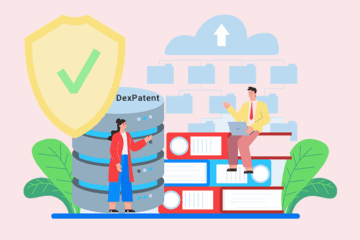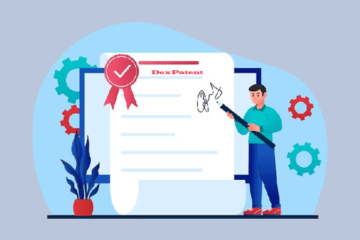Patentability in India: Decoding What You Can and Cannot Patent

If you’ve come up with an exciting new idea or product, the first question that often arises is, can I patent my idea or invention? In India, not every idea or invention qualifies for patent protection. The Indian Patents Act, 1970 lays down clear criteria and exclusions that define what is patentable and what isn’t. Understanding these rules is the key to protect your innovation effectively.
Patentability Requirements
Before filing, it’s essential to determine whether your invention meets the three fundamental patentability criteria:
Novelty: The invention must be new, something not known, used, or published anywhere in the world before the filing date of your patent application.
For example, a new pharmaceutical compound with a structure never previously disclosed would qualify as novel.
Non-Obviousness / Inventive Step: The invention must involve a technical advancement that would not be obvious to someone skilled in the field. Simply replacing one material with another or combining one or more known features is not enough unless it produces a surprising result.
Industrial Applicability: The invention must be capable of being made or used by people or used in an industry, in other words, it should have a practical application and not just exist as a theoretical concept.
Additionally, an invention must be sufficiently disclosed in the patent specification, ensuring that a person skilled in the art can reproduce it.
What Can Be Patented

Under Indian law, both products and processes can be patented, including:
- Manufacturing processes or methods
- Machines, apparatus, devices or equipment
- Articles of manufacture
- Compositions of matter such as chemical compounds or pharmaceutical formulations
Interestingly, microorganisms in their natural form are not patentable in India. However, genetically modified microorganisms with human intervention are eligible for protection.
What Cannot Be Patented
Sections 3 of the Indian Patents Act define non-patentable inventions, which include:
- Laws of nature or scientific principles (e.g., Newton’s laws)
- Perpetual motion machines or inventions violating natural laws
- Inventions against public order or morality (e.g., weapons for mass destruction)
- Discoveries of naturally occurring substances or new uses of known substances (Section 3(d))
- Mere admixtures or combinations that show no new properties
- Rearrangement of known devices without technical advancement
- Methods of agriculture, horticulture, or medical treatment
- Plant and animal varieties, seeds, or biological processes (covered under the Plant Varieties Act, 2002)
- Software, business methods, mathematical methods, and algorithms per se
- Artistic or literary works, teaching methods, presentation of information, and traditional knowledge
Inventions relating to atomic energy as covered under Section 4 of the Patents Act (No patent shall be granted for any invention relating to atomic energy falling under Section 20(1) of the Atomic Energy Act, 1962.)

Case in Point
The Indian Patent Office often applies Section 3(d) rigorously, as seen in Novartis AG v. Union of India (2013), where a new crystalline form of the cancer drug “Gleevec” was rejected because it did not demonstrate enhanced efficacy over the known compound.
Conclusion
Patentability in India strikes a balance between rewarding true innovation and preventing monopolies over discoveries or abstract ideas. Before filing, ensure your invention is new, inventive, and industrially applicable, and steer clear of the exclusions under Sections 3 of the Indian Patent Act. A well-structured patent strategy supported by proper prior art search and expert drafting can make all the difference between an idea and a legally protected innovation.












0 Comments